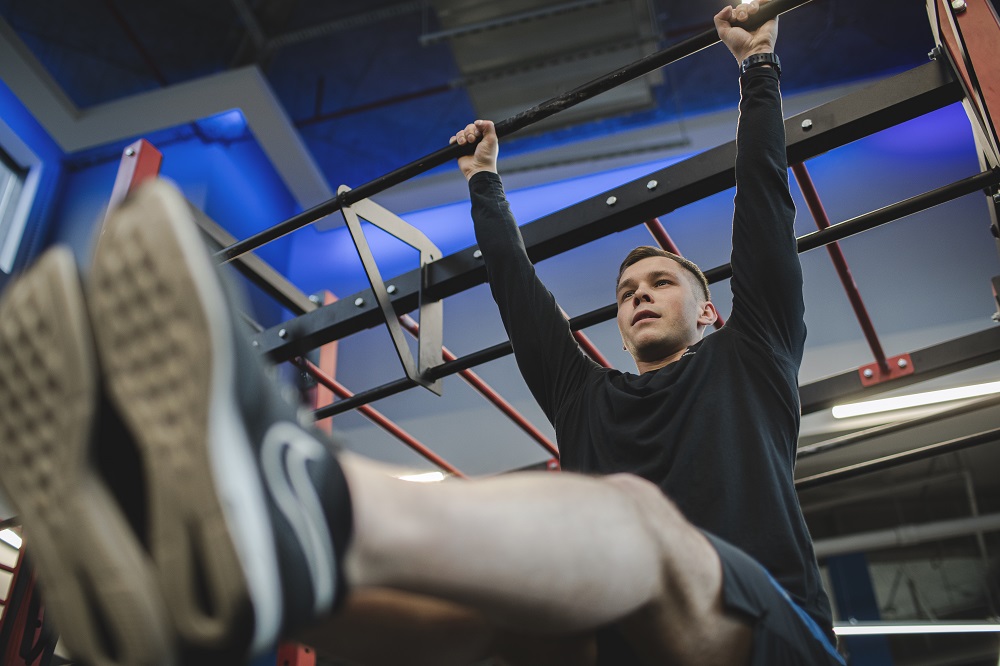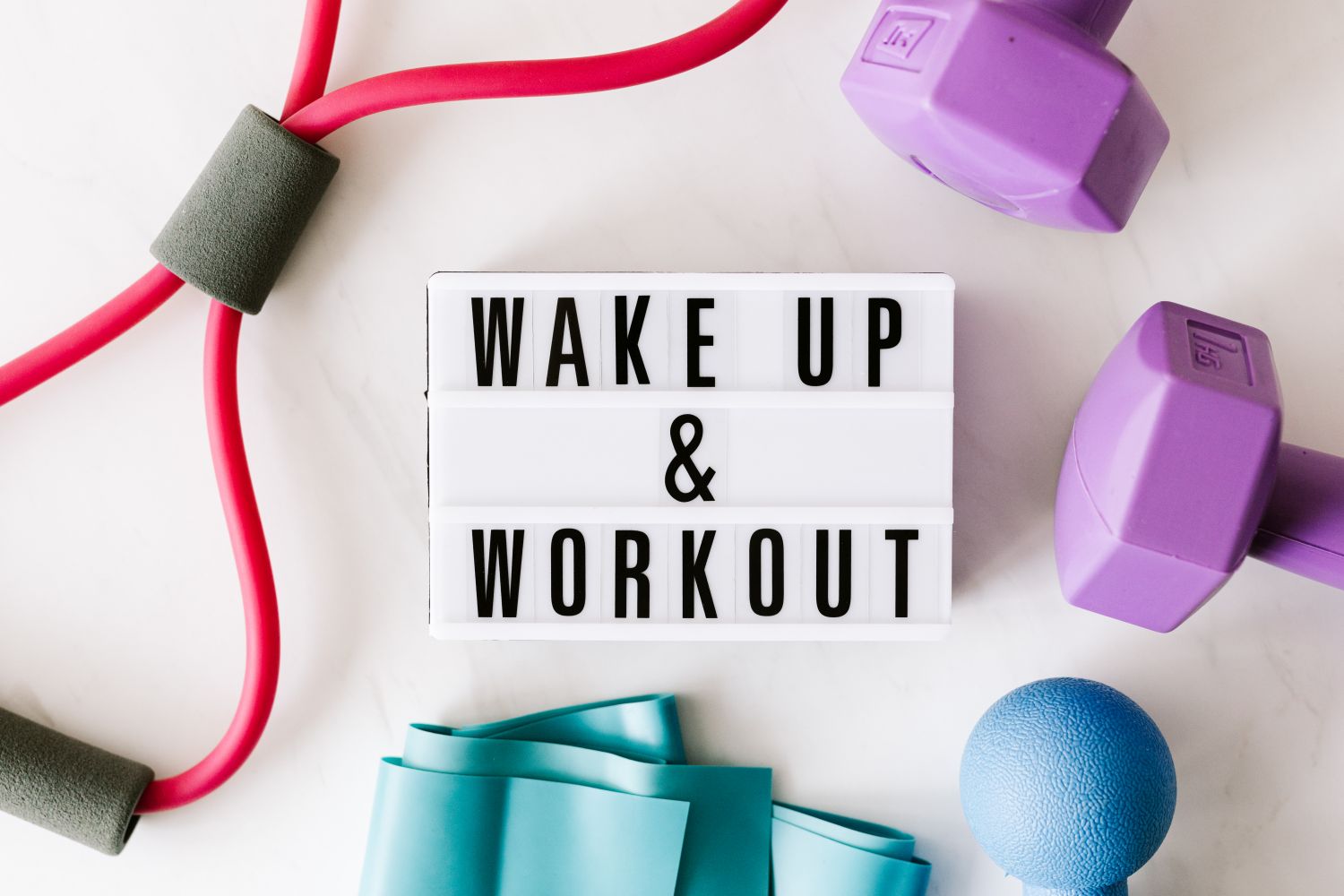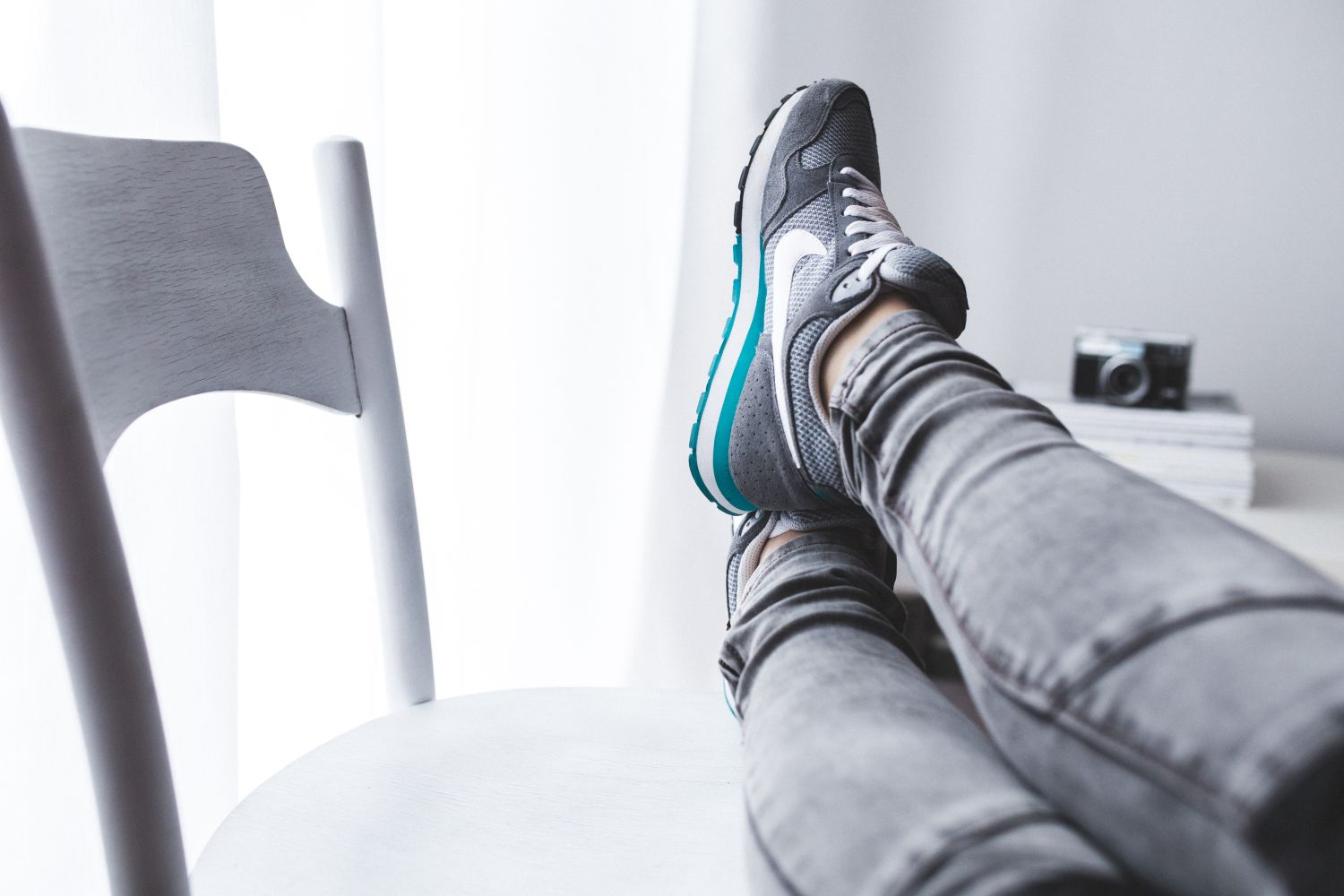Muscle pain is one of the less pleasant side effects of exercise. Depending on the type and intensity of training, the “soreness” may be barely noticeable or significantly limit the ability to move. We explain what are the so-called “Soreness”, how to alleviate it and what actions to take to reduce the frequency of their occurrence.
WHY DOES MUSCLE PAIN AT ALL AFTER EXERCISE?
“Sourness” after exercise indicates that individual parts of the muscle tissue have been damaged. When this type of situation occurs, the body initiates the repair process by causing inflammation in the injured area, which causes the characteristic pain sensation 12-36 hours after the end of training and can last up to five days. Do not confuse this phenomenon with the accumulation of lactic acid in the muscles – it is flushed out even an hour after the end of activity.
Troublesome muscle pains appear especially when you undertake a completely new type of physical activity, activating muscle parts that have not been used too intensively before. You may also experience delayed muscle pain when you exercise very vigorously or make a lot of sudden movements.
“Soreness” after training is not a bad thing. Problems only arise in the event of a muscle tear or prolonged inflammation. However, many people wonder how to relieve pain, as it often gets in the way of daily functioning. Proper post-workout regeneration helps the muscles heal faster and, as a result, become stronger. Managing the inflammation caused by exercise is part of effective form building.
“ACIDITY” AND WORKOUT – DOES WARMING UP REDUCE MUSCLE PAIN?
There are often opinions that stretching before training can help avoid injury and pain. However, this type of warm-up before training is not a good idea. A much better solution is to do some dynamic exercises. They won’t keep you from getting sore, but they will help reduce the risk of injury. Just stretching before a training session has no effect on the occurrence of post-training pain. However, it is worth carrying out appropriate stretching after the end of the activity.
WHAT’S BEST FOR “SOOTHING” – HOW TO REDUCE PAIN?
While there are no immediate solutions to the problem of Delayed Muscle Pain Syndrome, there are some actions you can take to relieve discomfort and aid recovery.
1. Hydration during and after training
It may seem obvious, but staying hydrated is a very important aspect of muscle recovery. Water helps soothe inflammation, flush out lactic acid, and provide the muscles with the minerals it needs. In order to reduce soreness, e.g. after running, it is worth using fluids regularly, both during and after training.
2. Massage and rolling
Proper massage and the use of special rollers, the so-called rollers release tension in muscles and connective tissues, helping to remove fluid accumulated in them after exercise. Professional massage improves circulation, which in turn translates into the delivery of more nutrients and oxygen to damaged tissues. It reduces swelling and pain. It is important that the massage is carried out by an experienced specialist who will use appropriate techniques to help you regenerate sore body parts faster. At MIND YOUR BODY you will find massage therapists who will quickly deal with muscle pain after exercise.
3. Proper diet
By providing muscles with the nutrients they need to repair microdamages, you can speed up the recovery process. Protein, carbohydrates and fats in the right amount is the perfect answer to intense training. The meal should preferably be eaten within an hour of finishing exercise. Vitamins contained in vegetables and fruits are also important. Organizing the right diet on your own can be quite a challenge, so it is worth using the help of specialists from MIND YOUR BODY, who will adjust the nutritional plan to your individual needs and habits.
4. Effective rest
Sleep is one of the most frequently asked answers to the question of what is good for soreness. It increases, among others synthesizing proteins that are needed to repair damaged muscles. After intensive training, take care of good-quality rest and sleep at least seven hours. The pain will go away much faster than on late nights.
5. Light exercises
Spending the entire day on the couch is not the best way to “sore” after training. It is worth to decide on light activity the next day or to train those parts of the body in which no muscle pain is felt. This can be yoga, stretching, walking, swimming or leisurely cycling. The key is to avoid another intense workout with the same muscle groups



